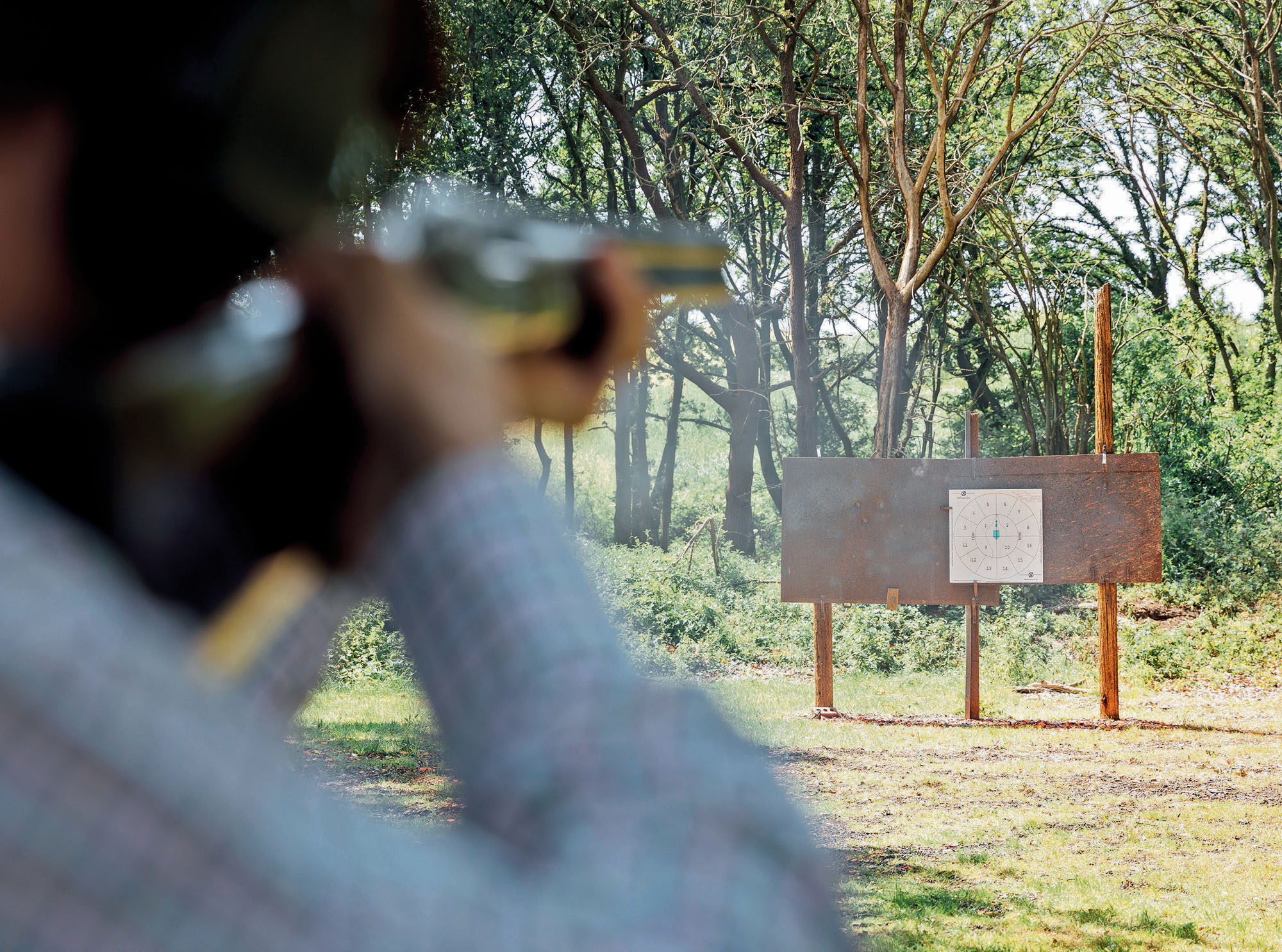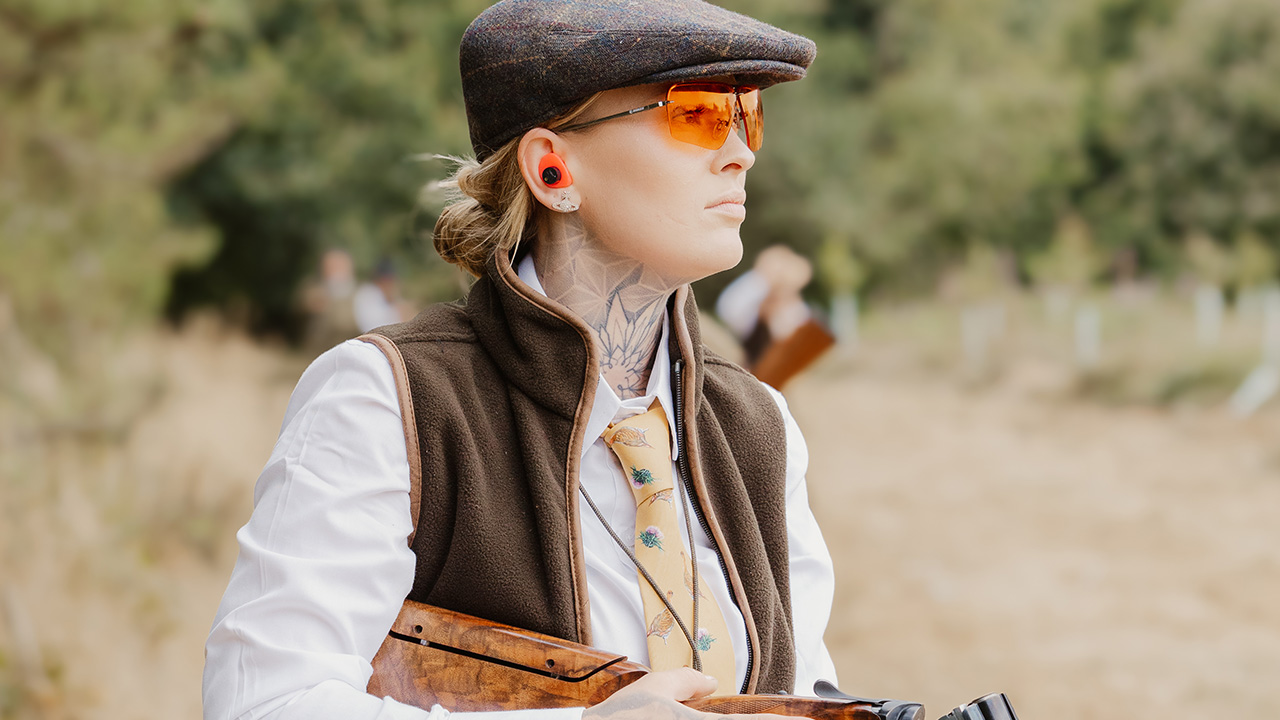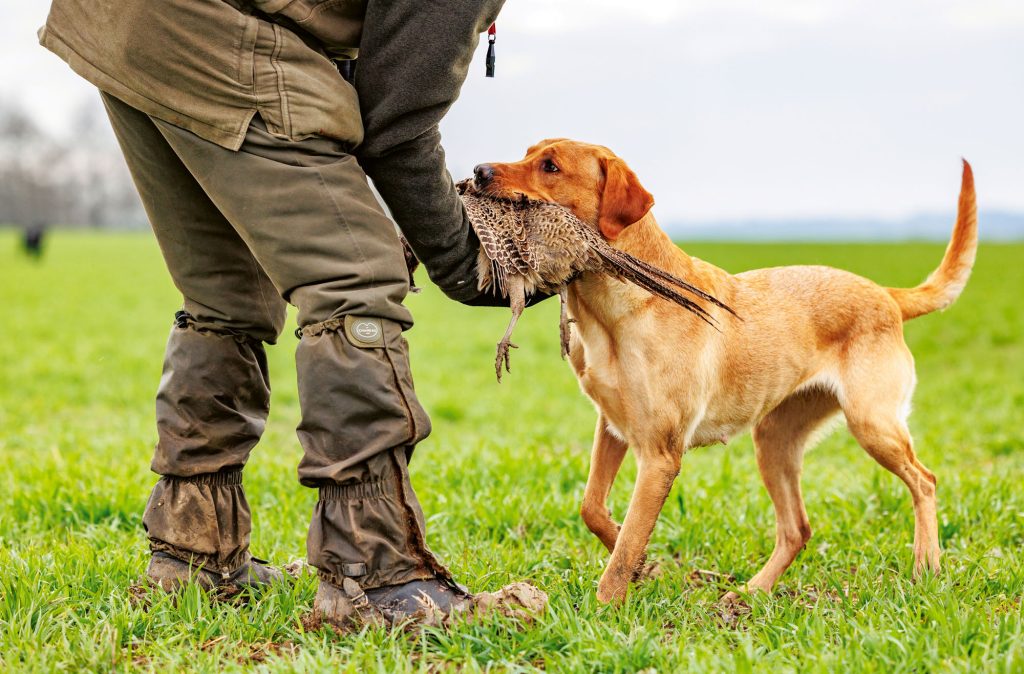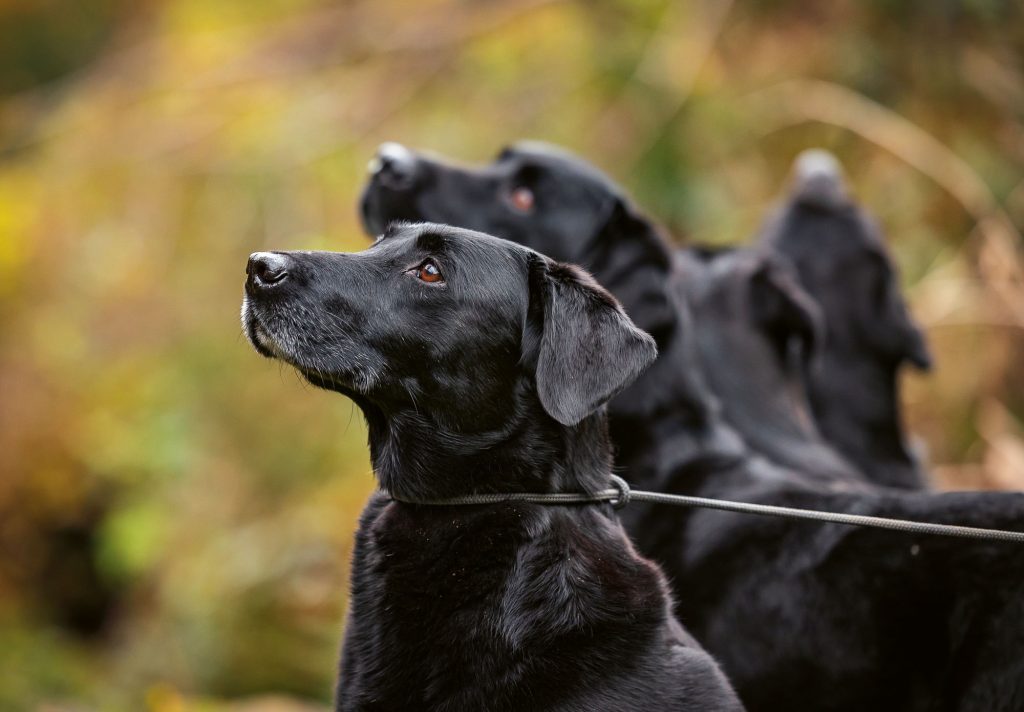Boxlock budgets

Maintaining a boxlock has become more costly over the years, says Diggory Hadoke
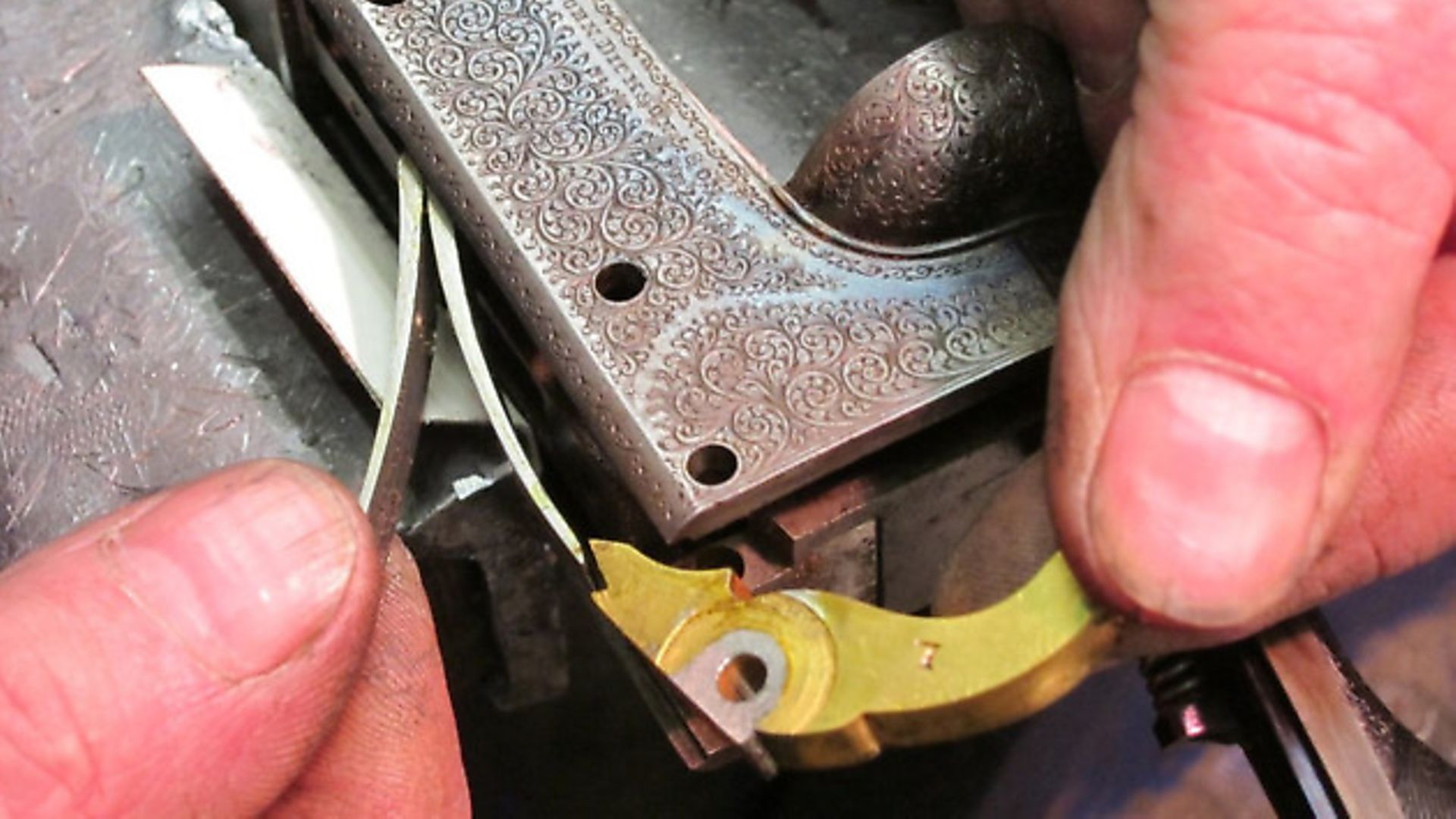
Shooters considering a practical vintage gun and sizing up the benefits of either side-lock, hammer or boxlock configuration for their particular style of gun (be it game gun, pigeon gun or small bore) should consider the running costs of their potential purchase. Gun-smithing is not inexpensive these days and, unlike in times past, components are not held in stock anywhere, so they will generally need to be made from scratch.
Component parts of boxlocks are bigger, stronger and generally sounder than those of equivalently proportioned sidelock or hammer guns. However, beware non-standard actions which have fallen into disrepair, as they can become very expensive to put right.
Take Daniel Fraser’s complex variation of the Anson & Deeley as an example. We refurbished one recently, only to discover it had several broken and badly repaired internal parts. To make them all from scratch would be cost-prohibitive. Greener self-acting ejectors are also notoriously hard to put right, and replacing the mainspring of a Lancaster/Beesley self-opener could be costly too. Exotic boxlock variations on the simple and effective Anson & Deeley patent are tempting but will be harder to keep in service and are best avoided by the amateur unless in very good condition.
However, properly cared for, the standard Anson & Deeley action is virtually indestructible. It is well suited to being scaled down to make small bore guns on correctly sized actions. With the only components being tumbler, mainspring, trigger sear, sear spring and cocking dog for each lock, all these parts still appear strong, simple and functional in actions as small as .410. A recent trip to Westley Richards illustrated how nicely even the hand-detachable boxlock mechanism can be made in .410 without any worries about fragility.
At the other end of the spectrum, big, chunky wildfowling guns and a surprising number of best quality live pigeon guns were made as boxlocks. When made well, they are essentially dust- and damp-proof, very strong and reliable. It remains a fact in the market that you get a much better condition, quality example of a boxlock for £5,000 or £6,000 than you do a sidelock.
I have done a little research into the way the big factories used to supply gunmakers with factory-made parts for their boxlock models. Such was the standardisation possible in many cases that they could be ordered and fitted to guns with minimal work. The repairs most likely to be considered will be routine now, as they were then. Should consideration be given to major work, like re-barrelling or re-stocking, a calculation must be done to ascertain the cost-effectiveness of this course of action. The cost of replacing common parts of boxlock guns has risen over the years (see table).
The figures quoted from the past are sourced from old gun factory price lists, and most date from the late 1870s to around 1900. In the heyday of the Birmingham trade, factories like Bonehill, Webley, Greener and Osborne held stocks of basic parts, like springs, swivels, trigger plates, trigger blades and sears. These could be ordered singly, or in reasonable quantities, from stock. Unfortunately, today none of these stocks are available and a broken component has to be made from scratch.
Given that the value in today’s market of the vast majority of boxlocks is below £10,000, the cost of major work, like re-barrelling, is usually not viable. However, basic refurbishment of a good quality boxlock that has got dirty is straightforward and the parts robust enough that they rarely need replacing unless badly abused. Remember that the external work, like chequer, oil finish, blacking etc, costs the same to carry out on a £3,000 boxlock as it does on a £20,000 sidelock.
While costs of repair work have risen in line with the decline of easily sourced parts and the increasing rarity of truly skilled labour, the robust nature of vintage English boxlocks and their mechanical genius will ensure that they continue to perform for decades to come.
My new book The British Boxlock Gun & Rifle is published by Merlin Unwin books and will be interesting reading for anyone curious about this classic and underrated gem of Victorian Birmingham and its rise to becoming the most successful and widely-adopted sporting gun action in the years leading up to WW2.
Item —– Cost (year) —– Cost Today
A&D Mainspring —– 25s per dozen (1900) —– £300
Deeley ejector spring —– 30s per dozen (1900) —– £160
Re-browning barrels —– 10s (1879) —– £250
Re-blacking barrels —– x —– £200
Removing dents —– 10s – 15s ———- £80
Re-jointing a loose gun —– 10s – 25s —– £100 – £450
Re-stocking —– £2.10 – 6 Guineas —– £2,000 – £3,000
New barrels —– 10 – 18 Guineas —– £8,500
Strip & Clean —– 5s —– £200

